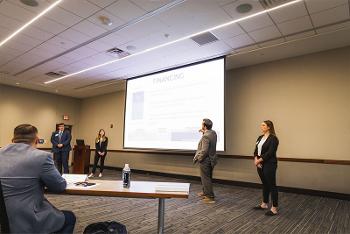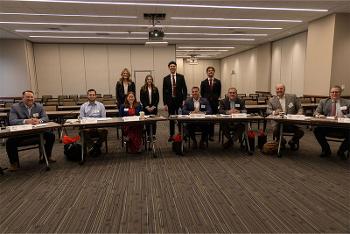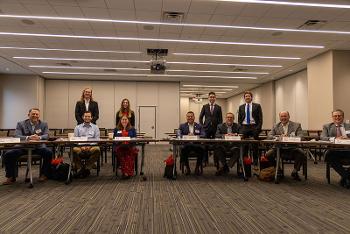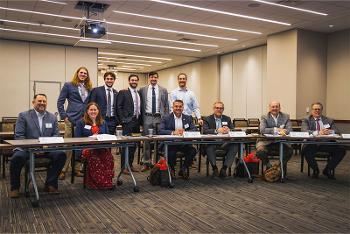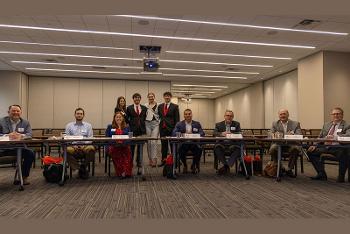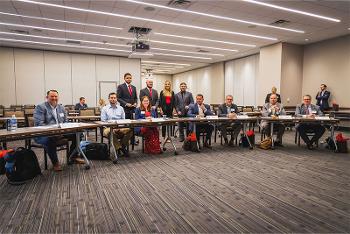Real Estate and Banking Join Forces for New Case Competition
Student teams presented their analysis to a panel of industry judges for a first-place prize of $4,000.
Jacob Gordon | April 13, 2023
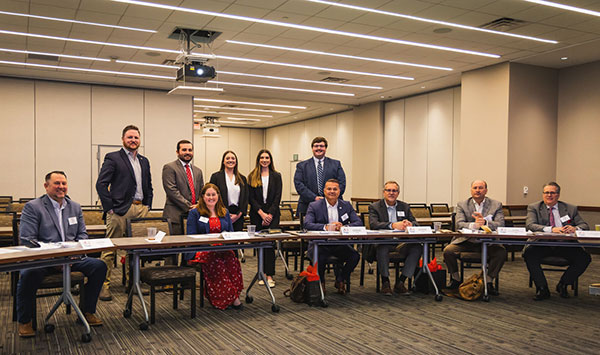
In March, 24 students participated in a new joint competition between the Certificate in Commercial Real Estate and Excellence in Banking programs at the Jerry S. Rawls College of Business.
“What I like so much about this [competition] is that our students will have as close to a real-life experience as possible,” said Mike Mauldin, F. Scott Dueser Chair for Excellence in Banking and the director of the Excellence in Banking program. “They're going to take a piece of real estate and convert it and get with a banker or investor to figure this out.”
Working together with Mauldin was Jared Harrell, associate professor of practice of finance.
Prior to the COVID-19 pandemic, Harrell often took a team of real estate students to various competitions. However, as more campuses started opening up, Harrell noticed the competitions never came back in the same way. This got Harrell thinking it was time for Rawls College to fill in that gap.
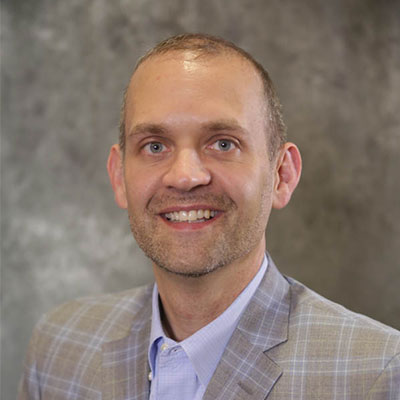
“I've always tossed around the idea of just doing [a competition] ourselves, but I knew ours had to be different,” said Harrell. “I didn't want to just copy what I'd seen. Mike and I thought of adding the banking component to put our own stamp on it.”
Because the banking and real estate programs are within the Area of Finance at Rawls College, Mauldin and Harrell felt they were uniquely situated to create a case competition that best reflects the real world.
“Most banks will be in excess of 50 percent real estate,” said Mauldin. “The bankers need to have that knowledge, especially if many of their clients are in real estate.”
“And from my side,” said Harrell, “real estate deals don't get done without bankers. The banks are involved with every real estate asset. You need to have a good understanding of that.”
Getting the Competition Started
The inaugural competition was housed in Mauldin's Seminar in Credit and Lending graduate-level course. Those ten students would be the only participants receiving an official grade on the project. The other 14 students joined to gain real-world experience and to compete for the cash prize.
Mauldin and Harrell also made it a point to open the competition to undergraduate students as well.
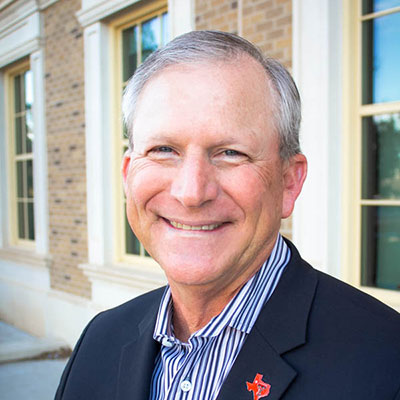
“We made the decision that we didn't want any team to be just master's students. The master's students didn't like that,” said Harrell, chuckling. “We ensured every team also had at least one banking student and one real estate student. Because it's multidisciplinary, we wanted the teams to be intermixed.”
Together the student teams were given the same Dallas-based real estate property: an office property that was closed during the pandemic and is being renovated into a multi-family apartment complex.
“What it's really meant to simulate is taking an idea of wanting to transform a building, getting some investors to partner with and also going to a bank and getting a loan for it,” said Harrell.
To help make the competition even more realistic, each student team was paired with a mentor from PlainsCapital Bank, who also agreed to sponsor the competition. Harrell and Mauldin wanted students to rely on their mentors for current information, such as interest rates.
“It's really set up for teams to think of the mentors as their actual bankers,” said Mauldin. “The winning team won't underutilize their mentors.”
Mauldin and Harrell partnered with Trepp, a research platform, to help students get market data to create their investment models.
“[Trepp is] like Realtor.com. It's a map-based concept, but with a lot more data,” said Harrell.
Trepp provided the case study for the competition and even come in to train the students on how to use the platform.
Students received the case study on February 24 and had just under two weeks to create their deliverables: a written analysis report and a 15-minute presentation, which they gave in front of a panel of judges on March 9.
Judging the Presentations
The six-person judging panel consisted of two judges from Trepp, two real estate judges and two banking judges.
Mauldin and Harrell specifically decided not to judge the presentations because students were competing for a cash prize; they wanted industry professionals to have the final say on the students' work.
Support for the monetary prizes came from PlainsCapital Bank and S2 Capital. The first-place team received $4,000 that could be split between each of the four members. Each of the other participants received $200.
The winning team consisted of Emily Anderson, Blaire Crump, Travis Flinchbaugh and Walker Hemphill. Anderson, Crump and Hemphill are in the Master of Science in Finance program, and Flinchbaugh is in the Excellence in Banking program.
While both Mauldin and Harrell thought all the groups did well, what stood out about the winning team was their ability to consider actual investors in this simulation.
“It's one thing to go out and do this analysis of this nameless building, but it's another thing to turn it into a real-life investment and think in terms of your audience,” said Harrell. “They really thought about who would be the potential investors and tailored the presentation and their analysis to what those people would have preferred.”
And while the cash prize is certainly nice, Mauldin and Harrell hoped the students will appreciate the skills they had to develop along the way.
“Critical thinking is huge for this project,” said Harrell. “It's not like I can stand in front of the class and give a lecture on how to critically think. Students need to practice it, and I think the students will get the chance with this competition.”
“That's what I tell the students all the time,” said Mauldin. “A lot of the stuff we teach will come and go, but if you can think critically, that's something we've been preaching. Just be inquisitive. It's an art.”
From a practical standpoint, Mauldin also hoped this competition could prepare soon-to-be graduates with the knowledge to handle real estate in the banking world.
“My frustration many times as a leader in banking was that I'd look across and ask somebody to do something, and they'd say, ‘Well, I don't know how to do real estate.' How can you not know anything about real estate and hope to do this job? I didn't want anyone who didn't know how to communicate fluently in real estate.”
From hearing the student perspective, it seems that Mauldin's frustration may be eased a bit.
“I can now see my 3.5 years of college go to work in contributing towards a real-life situation in my future career,” said Flinchbaugh. “Just knowing that I actually have learned and can apply it to my job is a great feeling.”
“I have been able to see how what we learn in school will apply outside,” said Anderson. “I am also able to see how my internship last summer in real estate also benefitted me in school and became applicable to lessons like this competition.”
Future Iterations of the Competition
Going forward, both Mauldin and Harrell hope this is just the beginning of a partnership between real estate and banking at Rawls College.
The two big adjustments they'd like to see next year are using a Lubbock-based property and including a real estate mentor for each team.
Having a property the students can actually go and see would add to the realism of the simulation.
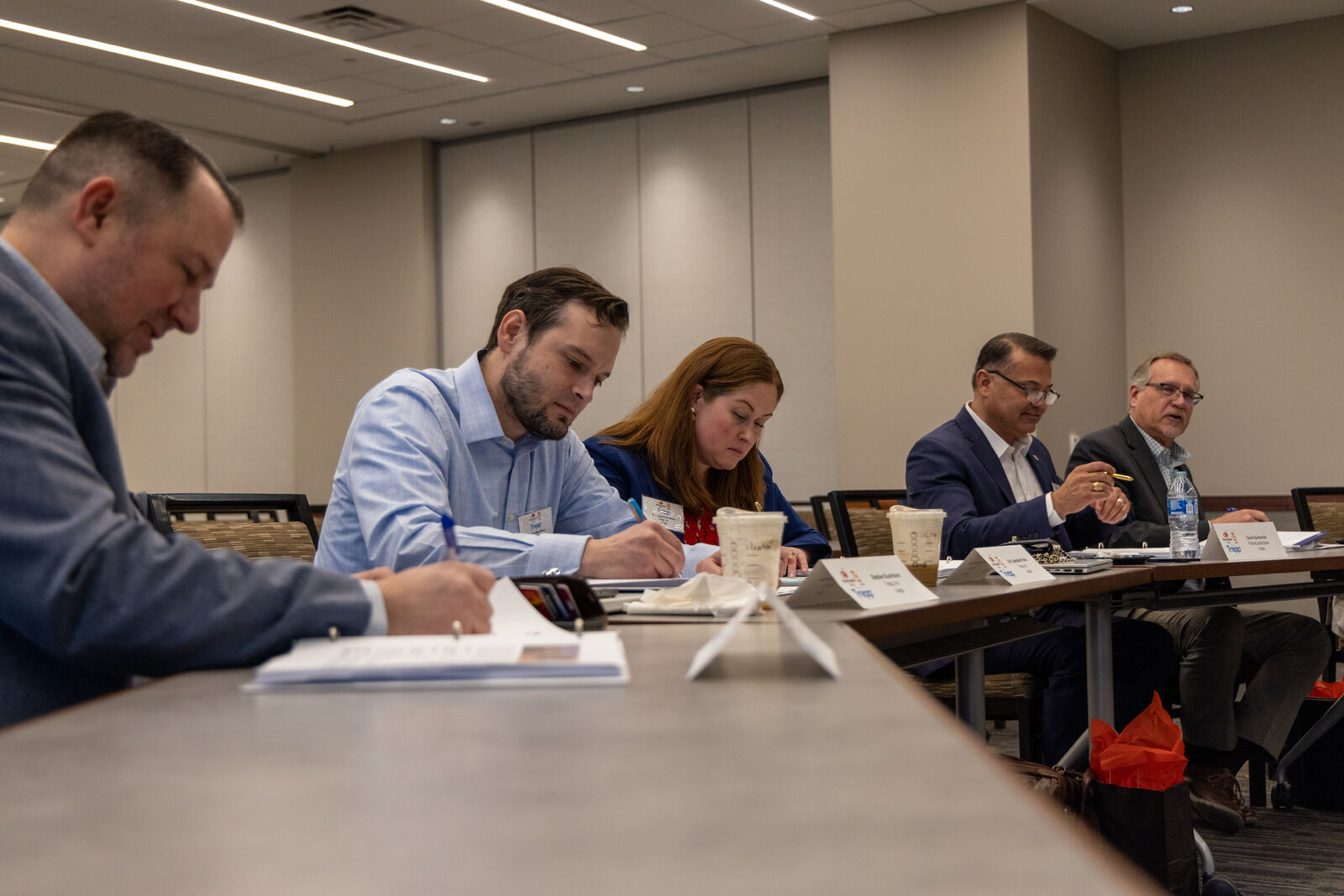
“In the real world, you probably aren't going to invest in a property without seeing it,” said Harrell. “You'd at least have a site visit. I think that would be fun for the students.”
By giving the teams a real estate mentor, in addition to the banking mentor, Mauldin and Harrell hope to give the students more exposure to the actual professionals who do the work that inspired the simulation.
As Mauldin and Harrell reflected on the just-completed competition, there was as much relief about what happened as there was excitement for what is to come.
“I was pretty proud watching the students,” said Harrell. “You could see the stuff they learned in our classes. It makes you feel good. It was worth seeing the end result of your teaching.”
“I'm so glad we did this,” said Mauldin. “This was so close to real life. I'm also excited, from my part, to work with someone with the years of real estate experience as [Harrell].”
For Mauldin and Harrell, this competition was not just an opportunity for colleagues to partner to help students develop skills; it was a chance for friends to collaborate and bring their two professional worlds together.
Rawls College of Business
-
Address
Rawls College of Business, Box 42101, 703 Flint Avenue, Lubbock, TX 79409 -
Phone
806.742.3188 -
Email
ba_webmaster@ttu.edu

